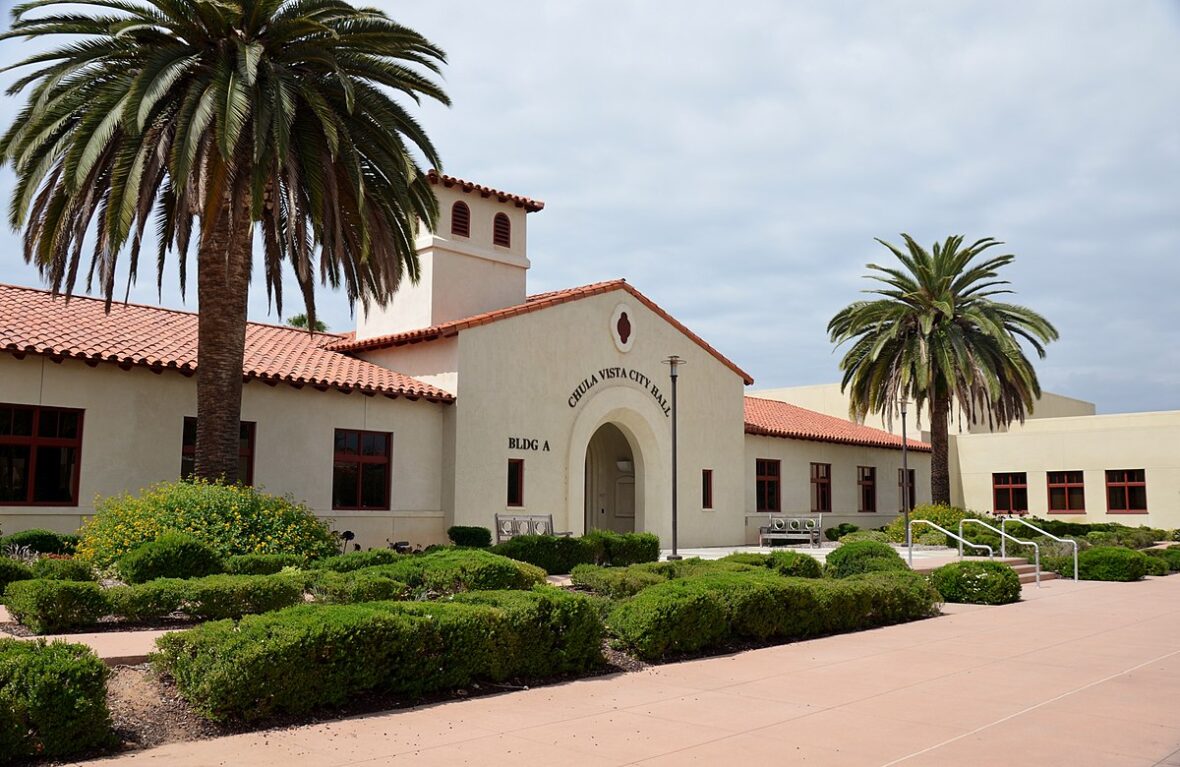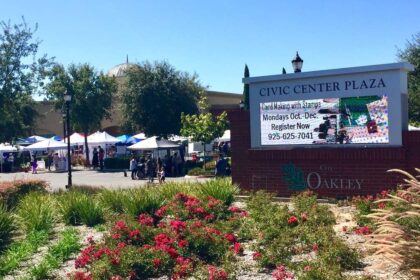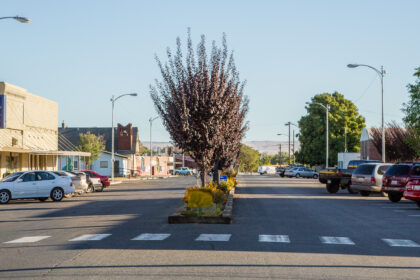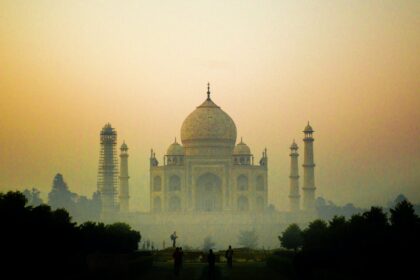Chula Vista is the second-largest city in the San Diego metropolitan area, the seventh largest city in Southern California, the fifteenth largest city in the state of California, and the 78th-largest city in the United States. Take a look below for 20 interesting and fascinating facts about Chula Vista, California, United States.
1. The population was 275,487 as of the 2020 census, up from 243,916 as of the 2010 census.
2. Located about halfway—7.5 miles (12.1 km)—between the two downtowns of San Diego and Tijuana in the South Bay, the city is at the center of one of the richest culturally diverse zones in the United States.
3. Chula Vista is so named because of its scenic location between the San Diego Bay and coastal mountain foothills.
4. The area, along with San Diego, was inhabited by the Kumeyaay before contact from the Spanish, who later claimed the area.
5. In 1821, Chula Vista became part of the newly declared Mexican Empire, which reformed as the First Mexican Republic two years later. California became part of the United States in 1848 as a result of the Mexican–American War and was admitted to the union as a state in 1850.
6. Founded in the early 19th century and incorporated in October 1911, fast population growth has recently been observed in the city.
7. Located in the city is one of America’s few year-round United States Olympic Training centers, while popular tourist destinations include Sesame Place San Diego, North Island Credit Union Amphitheatre, the Chula Vista marina, and the Living Coast Discovery Center.
8. Fossils of aquatic life, in the form of a belemnitida from the Jurassic, have been found within the modern borders of Chula Vista.
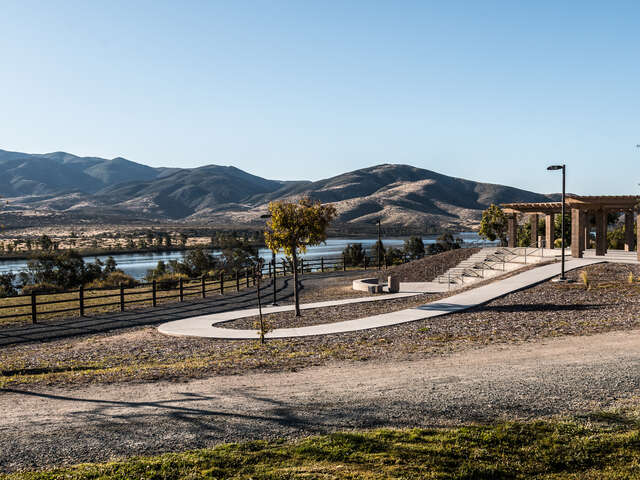
9. It is not until the Oligocene epoch that land life fossils have been found; although Eocene epoch fossils have been found in nearby Bonita. It is not until 10,000 years ago that human activity has been found within the modern borders of Chula Vista, primarily in Otay Valley of the San Dieguito people.
10. The oldest site of human settlement within the modern boundaries of Chula Vista, was named Otai by the Spanish in 1769, and had been occupied as far back as 7,980 years ago.
11. Another place where humans first settled within the modern boundaries of Chula Vista was at the Rolling Hills Site, which dates back to 7,000 years ago.
12. In 3000 BCE, people speaking the Yuman (Quechan) language began moving into the region from the Lower Colorado River Valley and southwestern Arizona portions of the Sonoran desert. Later the Kumeyaay tribe came to populate the land, on which the city sits today, and lived in the area for hundreds of years.
13. The Kumeyaay built a village known as Chiap (or Chyap) which was located by mudflats at the southern end of South Bay.
14. In 1542 CE, a fleet of three Spanish Empire ships commanded by Juan Rodríguez Cabrillo, sailed into San Diego Harbor. Early explorations by Spanish conquistadors, such as these, led to Spanish claims of the land. The village of Chiap (known to the Spanish as La Punta) became a center of a Kumeyaay revolt against the Spanish in 1775, which was later abandoned by 1776.
15. The historic land on which Chula Vista sits became part of the 1795 land grant known as Rancho del Rey or The King’s Ranch. The land eventually was renamed Rancho de la Nación.
16. After Mexico became independent from Spain, what is now Chula Vista became part of Alta California. Beginning in 1829, the land that is now Chula Vista was divided among Rancho Janal, Rancho Otay, Rancho de la Nación and Rancho La Punta; these were owned by José María Estudillo, José’s sister Maria, John (Don Juan) Forster, and Santiago E. Argüello respectively.
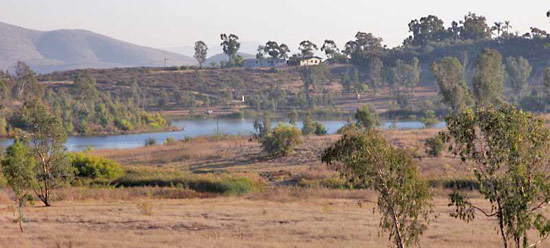
17. During the Mexican–American War, California was claimed by the United States, regardless of the California independence movement that had briefly swept the state. Though California was now under the jurisdiction of the United States, land grants were allowed to continue in the form of private property.
18. In 1873, the United States Army built a telegraph line between San Diego and Fort Yuma which ran through Telegraph Canyon in Chula Vista; its construction was under the command of Captain George F. Price of the 5th Cavalry Regiment out of Camp McDowell. In the 1870s and 1880s mining was done on Rancho Janal.
19. The San Diego Land and Town Company developed lands of the Rancho de la Nación for new settlement. The town began as a five thousand acre development, with the first house being erected in 1887; by 1889, ten houses had been completed.
20. Around this time, the lemon was introduced to the city, by a retired professor from the University of Wisconsin. Chula Vista can be roughly translated from Spanish as “beautiful view”; the name was suggested by Sweetwater Dam designer James D. Schulyer.

